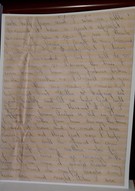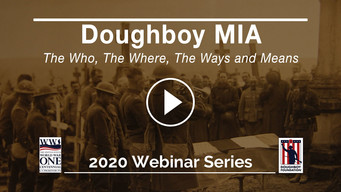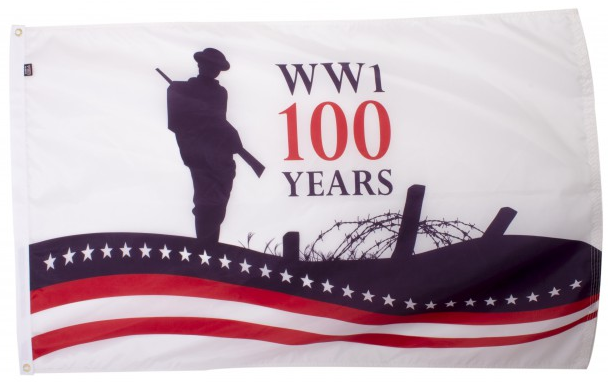Innovative Augmented Reality App for the new National World War I Memorial in Washington, D.C. available on July 3
The Doughboy Foundation is announcing the release of The National World War I Memorial “Virtual Explorer” app on July 3. The free, innovative Augmented Reality smartphone app, for iOS and Android mobile devices, allows users to take a virtual field trip to the National WWI Memorial, being built in Washington DC, from wherever they are in the world.
Developed by the Doughboy Foundation under an education grant from Walmart, the mobile device App places a scaled version of the entire 1.8-acre WWI Memorial park into anyone’s back yard, driveway, living room, or (when schools reopen) classroom… but that is only the beginning. Click here to read more about this amazing app that gives students, teachers, veterans, history buffs, and anyone the ability to explore America's WWI past using the tools of the future.
The 369th Experience band concert to rerun on WETA DC public TV and web in July

WETA Arts, a half-hour magazine-style show featuring Washington, DC-area arts and artists, will lead the July edition with an encore presentation of “James Reese Europe”, the story of a renowned jazz bandleader and commander of an all-Black unit in World War I, featuring The Kennedy Center’s Artistic Director for Jazz, Jason Moran, and the reenactment band The 369th Experience, The band was sponsored by the U.S. World War I Centennial Commission. The original episode segment can be viewed here:https://watch.weta.org/video/weta-arts-february-2019-ozigr4/ The new episode will feature an amazing group of additional DC-local Black artists, as well, and will be streaming on the WETA website https://weta.org/arts and via the PBS Passport app, starting July 5 at 7:30 p.m. EDT.
|

A woman and her husband in northeast Maryland found a live World War I artillery shell while digging in a flower bed. After the startling discovery, Kelly and Shannon Thomas, of Belair, MD, left the round where they found it and called the Harford County Sheriff’s Office. “After examining the device, it was determined that the best course of action was to conduct an emergency disposal to render the ordnance safe,” the Maryland Office of the State Fire Marshal said in a news release. “Bomb Technicians disposed of the potentially dangerous round on the scene.” Click here to read more about this very unexpected find of a "connection" to World War I for a suburban household a century later.
|

The National WWI Museum and Memorial announced a grant for $125,000 from the National Endowment for the Humanities (NEH) to digitize and transcribe letters, diaries, and journals from soldiers and family members originated from World War I. “This gift is essential as it allows the organization to take a major step forward in our efforts to digitize and transcribe our entire collection of letters, diaries and journal entries from the Great War, “said Museum President and CEO Dr. Matthew Naylor. “Making the content from these incredible first-person accounts available is important because it allows people to connect with those who experienced the 20th century’s founding catastrophe.” Click here to read more about the grant, and how it will support and further the work taken on by the Museum while it was shut down for the COVID pandemic.
|
 On May 29, 2020, Doughboy MIA was featured on the Doughboy Foundation / World War I Centennial Commission webinar series. Those who attended the webinar live learned about The Who, The Where, and The Ways and Means behind what it is we are doing to be sure that all of the MIA are properly remembered, and how you can be a part of the effort.
Click here to watch the recording of the webinar.
Click here to download the slide deck from the webinar.
Would YOU like to be a part of our mission of discovering what happened to our missing Doughboys from WW1? Of course you would, and you CAN! Simply make a donation to the cause and know you played a part in making as full an accounting as possible of these men. Large or small doesn’t matter – that you cared enough to help does. Visit www.ww1cc.org/mia to make your tax deductible donation to our non-profit project today, and remember:
A man is only missing if he is forgotten.

This WW1 Centennial Flag is made of durable nylon and measures 3'x5'. This flag has the iconic Doughboy silhouette digitally screened onto it and has 2 brass grommets to hang the flag.
A portion of the proceeds from the sale of this flag are designated for the National World War I Memorial.. You can show your support, and help promote the efforts, by proudly displaying your custom flag.
A Certificate of Authenticity as Official Merchandise of the United States World War One Centennial is included.
This and many other items are available as Official Merchandise of the United States World War One Centennial.
|